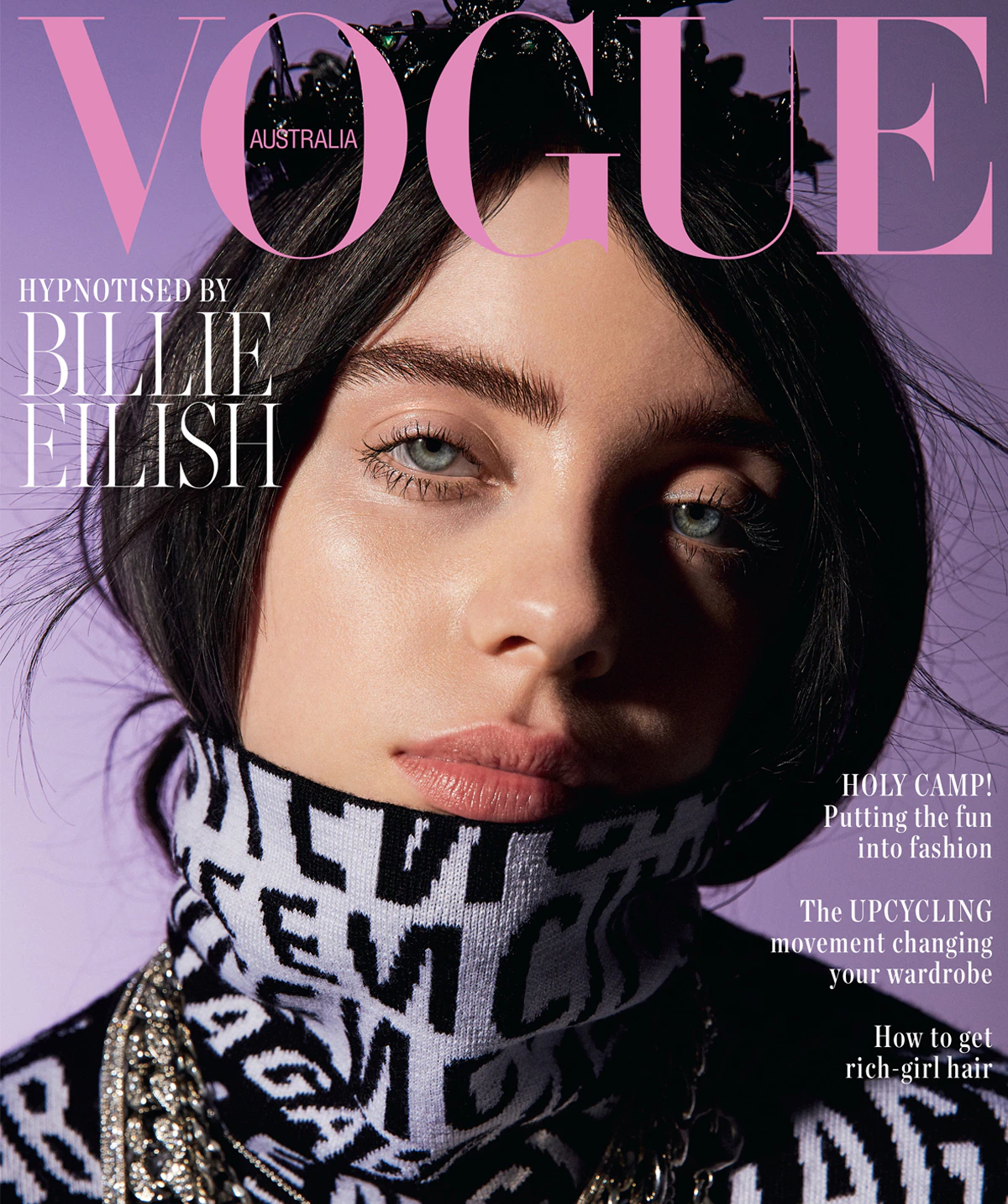Vogue's Edwina McCann on how women shop. | Willow & Blake
21.10.25 | By Madeleine Hargreaves
Edwina McCann on the evolution of fashion and how women shop.
Exploring how culture and commerce have transformed through the lens of vogue.
On Thursday, 16 October, Willow & Blake hosted How Women Shop — an event exploring the evolving relationship between brands and female consumers. The panel featured Edwina McCann, Editor of Vogue Australia; Mikaela Wagner, Head of Brand at Afterpay; and Bree Johnson and Jess Hatzis-Walker, Co-Founders of Willow & Blake and frank body.
Each brought a distinct lens to the brand–shopper experience, but it was the intersection of their insights that made the discussion so compelling.
In the lead-up to the event, we sat down with Edwina to talk about the biggest shifts shaping fashion, commerce, and culture today. From the evolution of Vogue’s iconic covers to the changing pulse of cultural influence, here are some of her sharpest insights:
Media is commerce & commerce is media.
“In the 90s, the magazine was much more about influence and aspiration, not necessarily driving shopping purchases,” says Edwina McCann, Editorial Director of Vogue Australia.
The magazine used to be an object used by most for wild fantasising and frantic vision boarding. Editors and stylists were known for lavish or edgy concepts. “What to wear to work” was hardly the concern of this tome of fashion. Vogue wouldn’t inform actual purchases, but rather act as a weather vane for the culture at large. At best, you might be able to buy something that kind of looked like something you had recently seen in Vogue.
But culture has since changed. With the advent of online shopping, social media, influencers and affiliate marketing, Vogue’s place in commerce has shifted. It has to stay sensitive to the shifts and changes in culture, provide something aspirational and culturally-forward, but also drive real purchases. Content must straddle the line between “5 Dresses for Hot Girl Summer” and more esoteric sartorial explorations. Vogue is an influencer in and of itself, cultivating an audience and seeking out aligned partnerships.
This is indicative of a broader trend in how women shop. The line between media and commerce has blurred and overlapped. Brands have an impetus to entertain, and media to drive purchases. It’s no longer about the ads on the first ten pages of the magazine, but about the subtle integration of relevant, entertaining branded content throughout.
It’s not a magazine, it’s an ecosystem.
“Print is dead”: a phrase we’ve all heard for the last decade despite the fact that print, in fact, is not dead. It is, however, changed. Modern readers mightn’t ever pick up a physical copy of Vogue, but they will trail through a digital jungle, from green screen videos on TikTok, thoughtful op-eds on vogue.com.au, pithy cultural round-ups on Instagram and vivacious community discussion in the comments section.
“Different audiences engage differently on each platform,” says McCann. She underscores Vogue’s need to switch up their approach from channel to channel. This emphasises how sophisticated consumers’ research methods have become. After being served paid advertising, they might seek testimonials on TikTok, styling inspiration on Instagram, or quality reassurance on Reddit. Savvier shoppers make channel-specific strategies an absolute must.
Influence has shifted.
McCann observed that in the nineties and noughties, fashion influence came largely from sitcoms and the industry itself. Rachel’s haircut on Friends. Kate Moss’s Glastonbury looks. Now, music and sport are leading the way.
“Music has always reflected the zeitgeist, but now it actively shapes style in real time,” says McCann. Pop stars, festival culture, and viral TikTok performances dictate trends faster than any runway show ever could. From athleisure influenced by athletes to streetwear inspired by chart-topping musicians, women look to these spaces to express themselves.
Sport has become a central force in lifestyle and fashion, too. Performance wear has become everyday style, and collaborations between sports brands and high-fashion labels aren’t just novelty, they’re key drivers of culture and commerce. Sneakers worn by Olympians and influencers alike, or cycling jerseys turned statement pieces, show how the lines between training, performance, and style have blurred.
Vogue has made it its mission to move with the times and embrace these areas of influence. They not only provide commentary, but invite debate and thought about these leaders.
For Vogue, this means curating content that celebrates these cultural moments while framing them as aspirational and actionable. Whether it’s Billie Eilish’s stage look, a Serena Williams collaboration, or a viral TikTok dance, the magazine guides readers through the ever-changing ecosystem of style and influence. McCann emphasizes, “Understanding where culture is moving is essential for shaping the way women shop today.”

Staying power.
Despite shifts in media consumption, Vogue’s influence has endured. McCann is aware of this unique position: “A review in Vogue still means a lot to Australian designers. To this day, the Vogue brand has so much trust and credibility.”
Vogue’s longevity demonstrates a fundamental truth about fashion influence: platforms and trends may evolve, but authority is maintained by balancing flexibility and an authentic point of view. In shaping what women buy, wear, and value, Vogue proves that a cover is never just a cover; it is a declaration of taste, a catalyst for conversation, and a mirror to the culture of its time.
Related articles.
30.06.21 | opinion
What Billie Eilish’s Vogue Cover tells about brand evolution.
Read more30.06.21 | opinionRead What Billie Eilish’s Vogue Cover tells about brand evolution.- See more articles